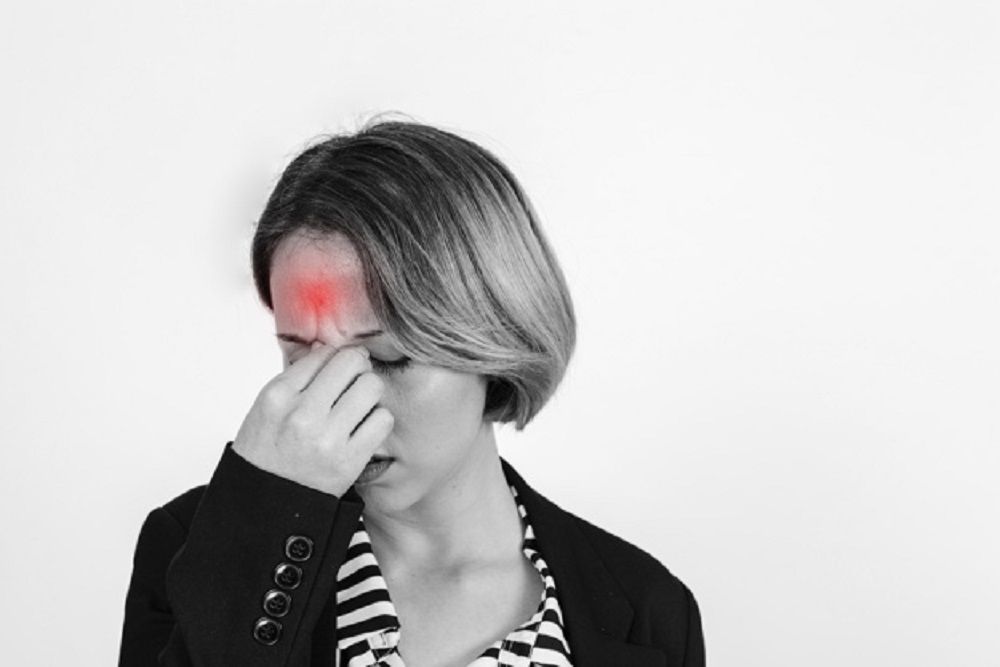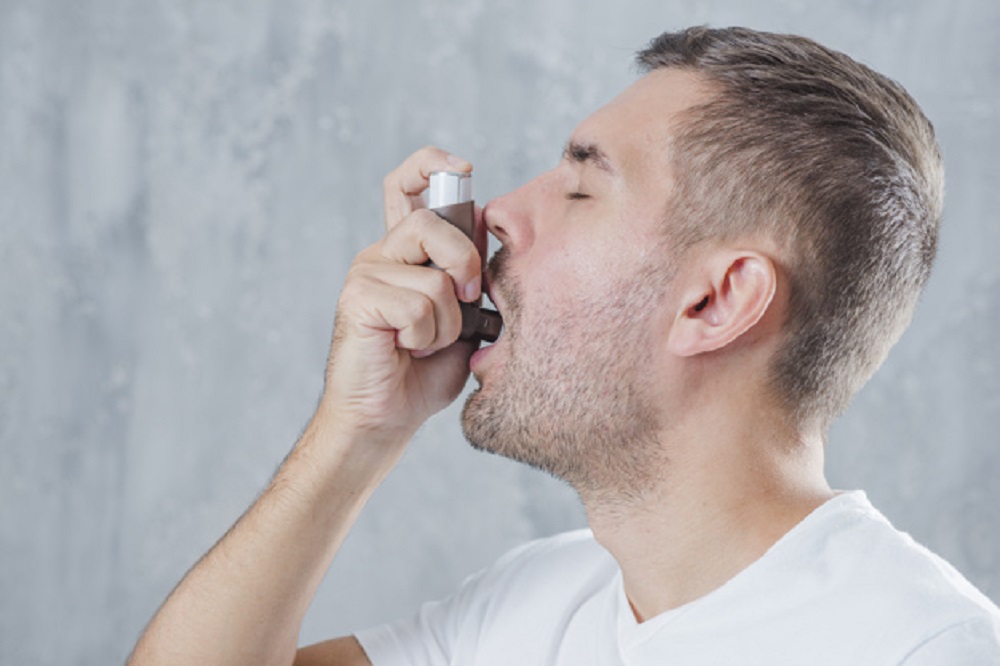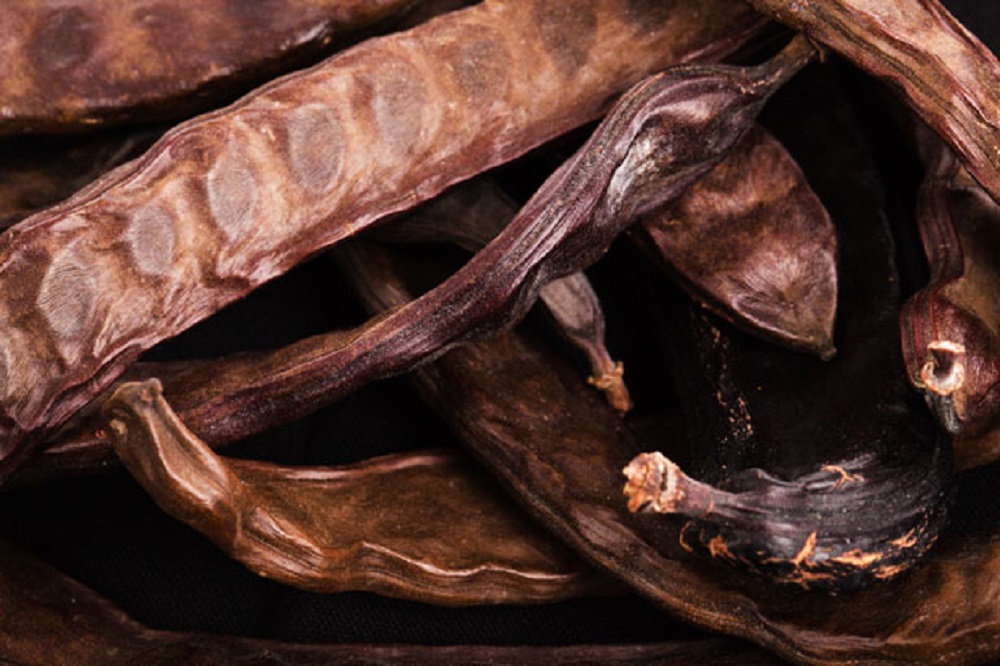Chocolate is a sweet treat loved by just about everyone. But some people are not so lucky, if you suffer from a chocolate allergy, chances are you can’t enjoy so much as a melted morsel. In this article, we’ll talk about chocolate allergy, its triggers, and how you can deal with it.
What is a chocolate allergy?
Before we define what a chocolate allergy is, it’s worth knowing what allergies are in general.
An allergy is caused by your immune system reacting to a substance in the environment or your food, which doesn’t cause such a reaction in most people. It’s basically your immune system being too cautious.
Food allergies are triggered when your immune system detects a certain food type being consumed and releases chemicals like histamine into your bloodstream.
Common symptoms for food allergies are (but not limited to):
- Swelling
- Hives
- Nausea
- Fatigue
These symptoms may take a while to show up after eating a trigger food. It’s always advisable to seek medical help if these symptoms worsen.
Moving on to chocolate allergy, it’s when your immune system produces a reaction to chocolate.
It’s worth noting that chocolate is never one single ingredient. Very few people are allergic to cacao (which is the main ingredient in chocolate). But chocolate contains other ingredients like milk, wheat, and nuts, which can cause allergic reactions on their own.
Chocolate allergy vs chocolate sensitivity.
Just because you experience discomfort or symptoms after eating chocolate doesn’t necessarily mean you’re allergic to chocolate. It’s much more likely that you’re experiencing chocolate sensitivity.
So what’s the difference between an allergy and a sensitivity?
An allergy is triggered by the body’s immune system. A sensitivity is triggered by the body’s digestive system. Food sensitivity is also referred to as intolerance.
If you’re only sensitive to chocolate, there’s some good news. You can still eat chocolate! As long as you keep the portion small, you should be able to enjoy some cacao.
Symptoms of chocolate allergy

If you’re allergic to chocolate, your symptoms may look like this:
- Hives
- Shortness of breath
- Stomach cramps
- Swelling of your lips, tongue, or throat
- Vomiting
- Wheezing
Due to the biology behind allergies, these symptoms are all caused by the nervous system secreting chemicals into the bloodstream.
The degree of these symptoms may range from mild to severe. But it’s important to remember that all these symptoms betray a larger underlying reaction known as anaphylaxis. Ever heard of anaphylactic shock? That’s what this is related to.
Anaphylaxis, if left untreated, can escalate to life-threatening levels. You should always seek medical help if you experience these symptoms.
You don’t necessarily have to eat chocolate to experience these allergic reactions. They can even be set off by skin contact. So if you feel any of the symptoms of chocolate allergy coming on, but you know you didn’t eat chocolate, take care—you might have unknowingly rubbed against a bar of chocolate.
Symptoms of chocolate sensitivity

Chocolate sensitivity, on the other hand, tends to produce somewhat milder reactions. Some of them are:
- Acne
- Bloating or gas
- Constipation
- Headaches or migraines
- Skin rash
- Upset stomach
As you can see, most of these symptoms are related to the digestive system (e.g. bloating, constipation, upset stomach). This is because sensitivity or intolerance is triggered by the digestive system and not the immune system.
Causes of a chocolate allergy
Remember how we said that the reactions related to a chocolate allergy are tied to a condition known as anaphylaxis? That immunological condition is directly related to high levels of immunoglobin E (IgE) antibodies.
This antibody is not bad. In a normal human body, immunoglobin E is produced by the human immune system to respond to a perceived threat.
Typically, IgE levels in the blood tend to be low. But a high level may lead the body to overreact to allergens. IgE levels are naturally high when the body is fighting off an infection. It’s a prolonged or normally high level of IgE that is of concern.
And it is a high immunoglobin level that may lead to an anaphylactic reaction to chocolate.
Now, let’s look at some specific trigger foods of a chocolate allergy.
Chocolates are a melty mélange of ingredients. So while your chocolate allergy may be triggered by the cocoa itself, there’s a good chance that it’s another ingredient that’s affecting your immune response.
Some ingredients in chocolate which can cause an allergic reaction are:
- Cocoa
- Milk
- Caffeine
- Soy (soy proteins)
- Nuts
Any of these may be the reason you can’t eat chocolate. So, let’s explore the possibilities and try to narrow down which ingredient of chocolate you’re reacting to.
Symptoms of a cocoa allergy
If you’re allergic to cacao, your immune system reacts to it the moment it enters your body. These reactions can include symptoms like:
- Hives
- Trouble breathing
- Swollen tongue, lips, or throat
- A wheezing cough
- Nausea or vomiting
- Stomach cramps
Again, these are symptoms of anaphylaxis and you should seek immediate medical assistance.
Symptoms of a milk allergy

Milk allergies are unique in that some of the symptoms appear immediately upon consumption, while others are delayed. These delayed symptoms may take hours or even days to appear, making it difficult to identify the cause of the reaction.
Some symptoms of a milk allergy include:
- Abdominal cramps
- Coughing
- Hives
- Loose stools (may contain blood or mucus)
- Mucus secretion in the nose or lungs
- Skin rashes
- Upset stomach
These symptoms, too, can lead to anaphylaxis and anaphylactic shock. Immediate medical attention is advised.
Symptoms of a soy allergy

Chocolate manufacturers add an emulsifier to their products to bind the ingredients together. One of the most widely used such emulsifiers is soy lecithin.
This is a soy-derived ingredient. And a soy-protein allergy can cause complex symptoms, such as:
- Cold-like reactions (runny nose, watery eyes, nasal congestion, sneezing)
- Digestive problems (abdominal pain, stomach cramps, gas, bloating)
- Asthma
- Skin reactions (itching, hives, eczema)
Other probable allergens
Apart from these main allergens, you may experience a reaction to some other trace ingredients in the chocolate.
For example, if wheat or nut products are from the same factory as your chocolate, you may experience an allergic reaction.
How to avoid chocolate allergy symptoms?
For people without allergies, certain daily activities are simple and straightforward. Buying groceries, eating out at a restaurant, visiting friends for dinner, none of these require special dietary considerations.
But for people with allergies, it’s an entirely different story. They need tobe better educated regarding what food items they can and cannot eat, and they also need to be vigilant whether those ingredients are included in the food they eat. This means constantly reading the ingredients list on food wrappers and asking the waitress whether this food has that ingredient.
Steps you could use to prevent Chocolate allergy reaction
- Ask fellow diners to not eat chocolate or chocolate-based foods near you.
- Ask that your food be prepared away from where chocolate-based foods are prepared.
- Avoid cocoa-containing candies and drinks such as milkshakes and hot cocoa.
- Ask whether your baked goods, coffees, alcoholic beverages, and even medications have chocolate flavoring added.
With just a bit of vigilance, you can easily get used to keeping chocolate out of your diet. Just read food labels and ask around.
Food substitutes

Just because you’re allergic to chocolate doesn’t mean you can’t experience that sweet taste!
One of the most common substitutes for chocolate is a legume called “carob”. It looks almost identical to chocolate and tastes just like it too.
The carob is a legume, which puts it in the same league as peanuts, chickpeas, and lima beans. It’s a tree that’s native to the Mediterranean and Middle Eastern regions of the world. The tree’s pods are roasted and dried to make a perfect copy-cat alternative to chocolate.
You can replace chocolate in almost any recipe with carob. As a bonus, carob is high in fiber and calcium, and is low in caffeine, fat, and migraine-triggering compounds!
So if you’re worried a chocolate allergy will put a halt to your sweet-toothing, carob is your sweet savior.
Seeking medical help
Whatever you do, do NOT try to self-diagnose your chocolate allergy by eating chocolate!
If you think you might be allergic or sensitive to chocolate, the best course of action is to see an allergist. They’re trained professionals who can safely and accurately diagnose and treat allergies.
To test whether you have a chocolate allergy, an allergist might perform skin prick tests and blood tests. Another option is an elimination diet. You can eliminate the trigger food (in this case, chocolate) from your diet and see if you continue to experience symptoms.
If your chocolate allergy is severe, consider carrying an epinephrine auto-injector at all times. Epinephrine is a hormone that quickly improves breathing, stimulates the heart, stabilizes blood pressure, reverses hives, and reduces inflammation.
Final thoughts
Whether you’re allergic to chocolate or merely sensitive, you must take precautions to avoid symptoms. Remember that it may not even be the cocoa in chocolate products that’s causing a reaction, but some other ingredient.
Being allergic to a beloved sweet treat can seem like a curse. But with proper planning and vigilance, you can live a chocolate-free life without skimping out on food you love.





